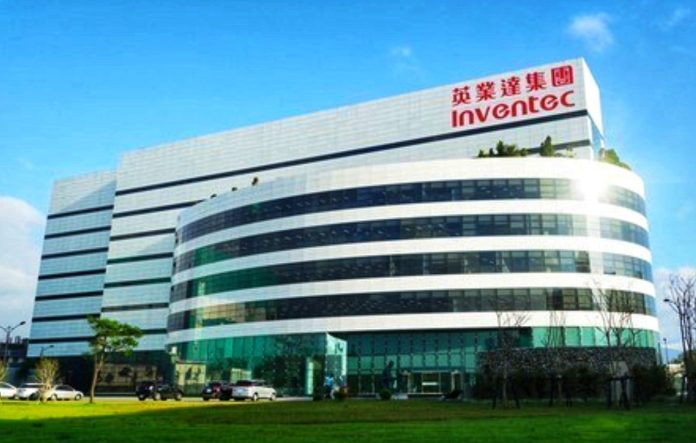Electronics manufacturer Inventec has deployed a 5G standalone (5G SA) network at its plant in Taiwan, to bring automation and intelligence to its production line. The setup uses networking software from Affirmed Networks, newly-acquired by Microsoft.
The setup is billed as the first software-only 5G SA network based on industry licensed spectrum, and brings together local system integrator Wave-In Communication, Israel-based core network provider ASOCS, and US-based cloud telecoms vendor Affirmed Networks.
The network, at an Inventec plant in the Guishan district of the city of Taoyuan, has been built for smart manufacturing, and specifically for analytics-based quality control on the production line.
The involvement of Microsoft in the project – in the background, via Affirmed Networks, acquired by Microsoft in June, as well as via Wave-In, as the only reseller of the company’s cloud-based telecoms functions in Taiwan – provides some intrigue, as it seeks to capitalise on the twin waves of network virtualisation and liberalisation, plus its own interest in edge-and-cloud compute and analytics functions.
The firm is looking to take a considerably bigger slice of the emerging 5G-enabled enterprise market, and Affirmed Networks is a key vehicle for its ambitions, enabling it to work with traditional operators in service of the Industry 4.0 space, but also separately of them, as supply of radio and core networking gear opens up.
On acquiring Affirmed Networks in March, Microsoft wrote: “5G will enable a host of new opportunities for businesses and society, including autonomous vehicles, smart cities, virtual reality and a range of other smart industry use cases and services. These next-generation networks will create new capabilities, new markets and help advance local economies.”
The new Inventec deployment in Taiwan, running automated AI-trained optical inspections, has already seen the ‘pass-through rate’ on its production line – the rate at which production goes without stoppages – rise from 70 to 85 percent, apparently. The improvement has come as the firm has moved the AI function to the cloud, away from the edge, to redouble machine learning and, therefore, the accuracy of its optical inspections.
At the same time, the new 5G network has been able to accelerate decision-making at the edge, using higher-grade AI, by running the communication lines between the local sensors and servers. From the sounds of things, the 5G network has also reduced latencies between the factory at the edge and the machine-learning engines in the cloud.
Albert Chen, senior vice president at Inventec, commented: “Previously, due to the network limitations, production machines were connected to a local computer to perform AI functions. After deploying 5G, we were able to link the production machines to a central server with more data and AI training.”
He added: “We already have plans to connect more devices to the 5G network in the smart factory, including an automated guided vehicle (AGV) that moves and transports materials, and automated server product testing.”
Sanjay Mewada, chief strategy and marketing officer at Affirmed Networks, commented: “Smart manufacturing processes depend on high-capacity, secure, and dynamic 5G networks that can provide always-on connectivity for automated systems and robotics. [Our] commitment to building the best cloud-native ‘any-G’ mobile core is reflected in Inventec’s selection of our technology as the infrastructure behind this 5G initiative for Industry 4.0 applications.”
Jay Huang, founder and chief executive at Wave-in, said: “We are currently involved in numerous other 5G private network projects in Taiwan… [Affirmed Networks’] open, best-of-breed solutions offer straightforward integration and work seamlessly on standard servers without requiring hardware acceleration. ASOCS and Affirmed Networks were the first to be ready with interoperability with commercial end devices.”
Gilad Garon, chief executive at ASOCS, commented: “There were numerous world-firsts in this project and we had to overcome significant obstacles. However… we were able to address them and prove the value of 5G and its critical role in the factory of the future. The questions we and the industry had about use cases, value, and feasibility of multi-vendor, software-based networks have been answered.”
He added: “Deploying and tuning a 5G network under the challenges of Covid-19 forced us to work remotely, a constraint which demonstrated both the critical importance of a system integrator such as Wave-In, and the operational advantages of a cloud-based solution.“

